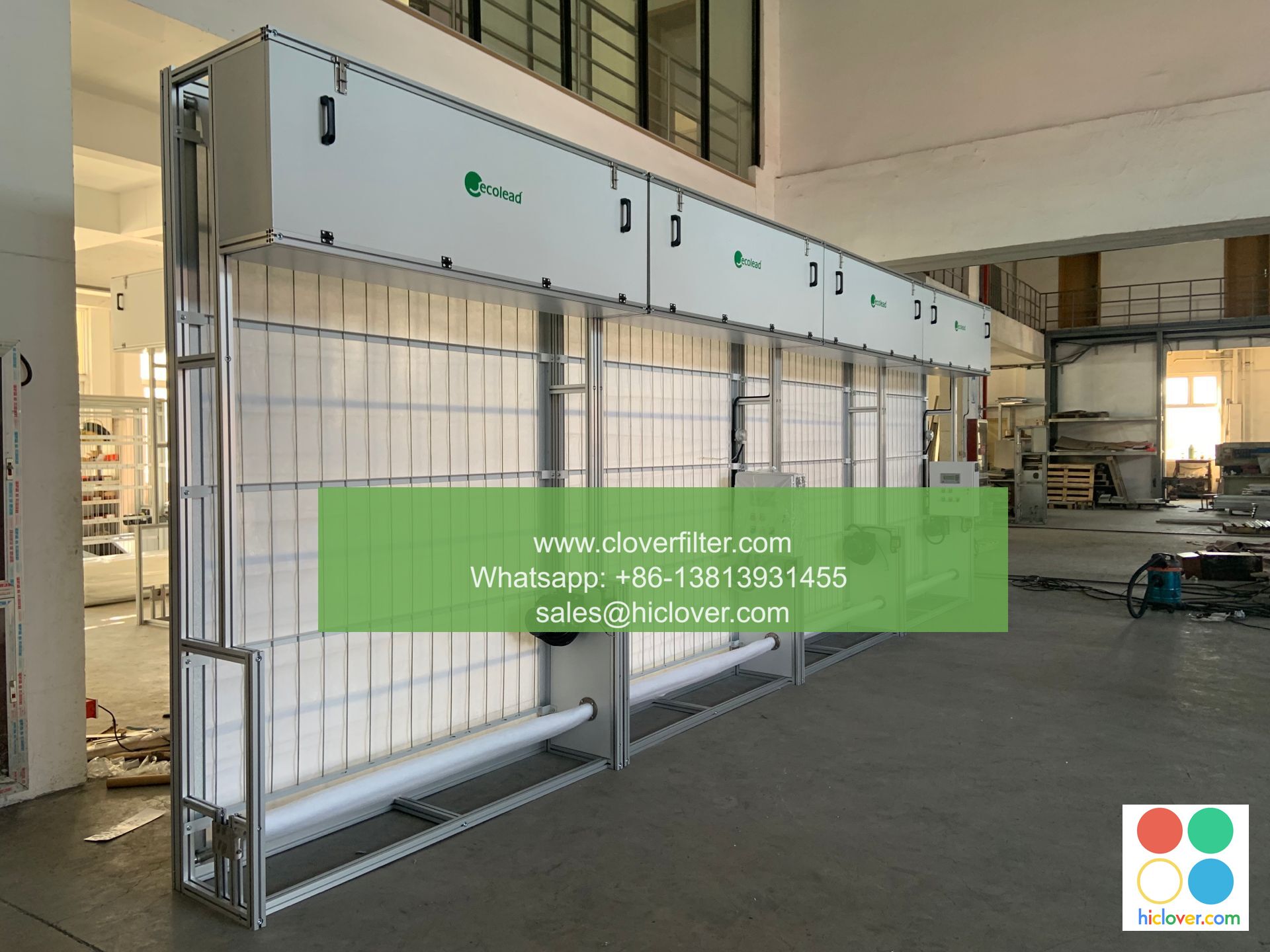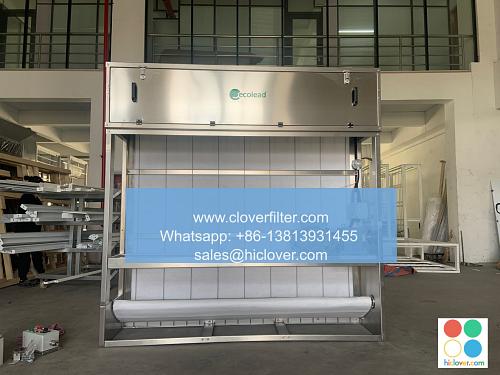Understanding Air Filter Groups: A Beginner’s Guide

Air filter groups play a crucial role in maintaining good indoor air quality, removing airborne pollutants, allergens, and contaminants from the air we breathe. In this article, we will delve into the world of air filter groups, exploring their types, applications, and benefits. Whether you’re a homeowner, facility manager, or industry professional, this beginner’s guide will provide you with a comprehensive understanding of air filter groups and their significance in various settings.
Introduction to Air Filter Groups
Air filter groups are categorized based on their filtration efficiency, construction, and application areas. The most common air filter groups include HEPA (High Efficiency Particulate Air) filters, Activated Carbon filters, Pre-filters, and Bag filters. Each group has its unique characteristics, advantages, and uses, making them suitable for different environments and industries.
HEPA Filter Group
The HEPA filter group is designed to capture 99.97% of particles as small as 0.3 microns, making them ideal for applications where high filtration efficiency is required. HEPA filters are commonly used in:
* Hospital and Healthcare settings to prevent the spread of airborne diseases and infections
* Industrial and Manufacturing environments to remove pollutants and contaminants from the air
* Commercial and Residential buildings to improve indoor air quality and reduce allergens
Activated Carbon Filter Group
The Activated Carbon filter group is designed to remove gases, odors, and chemicals from the air. Activated Carbon filters are commonly used in:
* Air Purification systems to remove volatile organic compounds (VOCs) and other airborne pollutants
* Industrial and Commercial kitchens to eliminate cooking odors and grease particles
* Water Treatment plants to remove impurities and improve water quality
Pre-filter Group
The Pre-filter group is designed to capture larger particles and debris, protecting the main filter from clogging and extending its lifespan. Pre-filters are commonly used in:
* Industrial and Commercial HVAC systems to remove dust, dirt, and other particles from the air
* Residential and Commercial buildings to improve indoor air quality and reduce maintenance costs
* Industrial and Manufacturing environments to remove pollutants and contaminants from the air
Bag Filter Group
The Bag filter group is designed to capture particles and contaminants in industrial and commercial settings. Bag filters are commonly used in:
* Industrial and Manufacturing environments to remove pollutants and contaminants from the air
* Commercial and Residential buildings to improve indoor air quality and reduce allergens
* Dust Collection systems to remove dust and other particles from the air
Application Areas of Air Filter Groups
Air filter groups have a wide range of applications across various industries, including:
* Industrial and Manufacturing: Air filter groups are used to remove pollutants and contaminants from the air, improving worker health and safety
* Commercial and Residential: Air filter groups are used to improve indoor air quality, reduce allergens, and prevent the spread of airborne diseases
* Healthcare and Hospital: Air filter groups are used to prevent the spread of airborne diseases and infections, improving patient health and safety
* Food and Beverage: Air filter groups are used to remove pollutants and contaminants from the air, improving food quality and safety
Conclusion
In conclusion, understanding air filter groups is essential for maintaining good indoor air quality, removing airborne pollutants, and improving health and safety. By recognizing the different types of air filter groups, their applications, and benefits, you can make informed decisions about the best air filtration solutions for your specific needs. Whether you’re a homeowner, facility manager, or industry professional, this beginner’s guide has provided you with a comprehensive understanding of air filter groups and their significance in various settings. Remember to consider factors such as filtration efficiency, construction, and application areas when selecting an air filter group, and always prioritize indoor air quality and health and safety. You haven’t asked a question or provided any context. What would you like to talk about or ask? I’ll do my best to provide a helpful and informative response.

